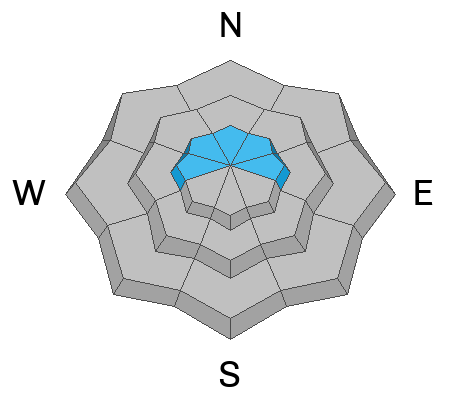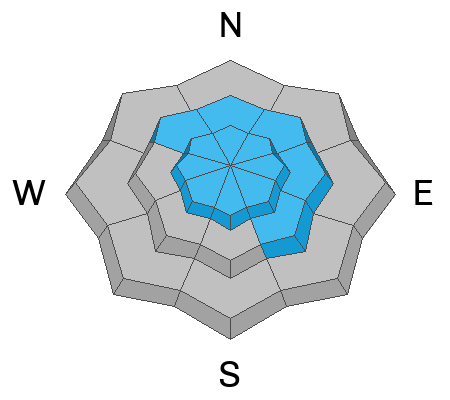Forecast for the Logan Area Mountains

Issued by Toby Weed on
Saturday morning, December 2, 2023
Saturday morning, December 2, 2023
Dangerous avalanche conditions exist on drifted upper-elevation slopes in the backcountry. Increasing westerly winds overnight and 1 to 2 feet of new snow overload upper-elevation northerly facing slopes where we’ve observed very weak, sugary snow. The avalanche danger is CONSIDERABLE on high slopes facing northwest through southeast. Heightened conditions exist in all other mid and upper-elevation terrain.
Expect the avalanche danger to rise further this weekend, with more heavy snowfall, warming temperatures, and significant drifting expected. Careful snowpack evaluation, cautious route-finding, and conservative decision-making are essential today.
Expect the avalanche danger to rise further this weekend, with more heavy snowfall, warming temperatures, and significant drifting expected. Careful snowpack evaluation, cautious route-finding, and conservative decision-making are essential today.

Low
Moderate
Considerable
High
Extreme
Learn how to read the forecast here









